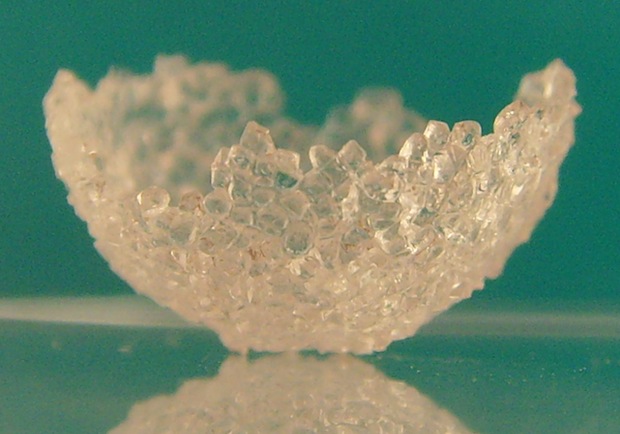Arduino The Documentary (2010) English HD from gnd on Vimeo.
Opensource is probably the most philosophically relevant idea coming from the computer sciences. Actually the idea of sharing knowledge it's, of course, not new but it the age on which patent and rights have drag the technical knowledge to a exclusive corporate corner sharing information about how things work it's a revolutionary endeavor. In a good metaphor expressed in this documentary the Opensource is compared with Gutenberg's movable type printer. Before Gutenberg the production of books were in hands of a few, mostly cleric,that controlled what could be read, hence what could be know, after him the amount and more important the variety of books explode given the people the chance of build themselves for themselves a body of knowledge to understand the world. Gutenberg's printer was a very important piece of Open hardware that boost society into a new direction.
Today we are confronting a similar scenario. We are surrounding by technological devices like cellphones, computers, consoles, mp-players, etc. That we barely know how to use and we are even less inform about how they actually works. This disinformation has huge consecuenses in a world on which the number of this kind of devices may be even bigger than the actual population. Think on what is lost every time that a computer or a cellphone goes to the trash, maybe the system as a whole doesn't work but, what about all those little parts that give life to that cellphone or that computer? what if we can do something with those parts? what if we can play and tinker with that old low resolution cellphone camera or that screen? what about the spinning wheel of that broken mouse or the optics of that old digital camera? the possibilities are amazingly wide. For doing that we need knowledge and tools, but as we know big part of the knowledge comes from playing with the tools and here is where Arduino comes into scene. this piece of very cheap and non-exclusive piece of hardware is the tool which allow us to start connecting all those little parts and give them a purpose, whatever this purpose would be. Here is the potential of this little device that have been revolutionizing the digital world, and the revolution consist on materialize the digital world itself for sake of fun, what purpose beautiful and productive than that.
Following fun and with the help of Opensource tools as Arduino and Processing amazing things have come to life like 3d printers that cost little more than a thousand dollars or new music instrument and a lot of new robots. Opensource tools like Arduino bring down the technical threshold of electronic devices world to a level that allow not specialized people to start to interact in a expressive and creative way with it, and the best part... in a social way too, because is not about what I can do and how I can make profit out of that (not only at least) but what We can do and how we take this thing into the next level.
Opensource means sharing knowledge, and sharing knowledge means better and faster understanding and develop of communities. It may not be new but as a movement based on the technologies that are changing the face of our daily living surely, is a philosophy to adopt.



![Reblog this post [with Zemanta]](http://img.zemanta.com/reblog_e.png?x-id=6dcf2b0d-4fab-4099-9bad-fc4537c9b947)

![Reblog this post [with Zemanta]](http://img.zemanta.com/reblog_e.png?x-id=3d9bd74d-a956-4415-bab9-75bb485dc63c)